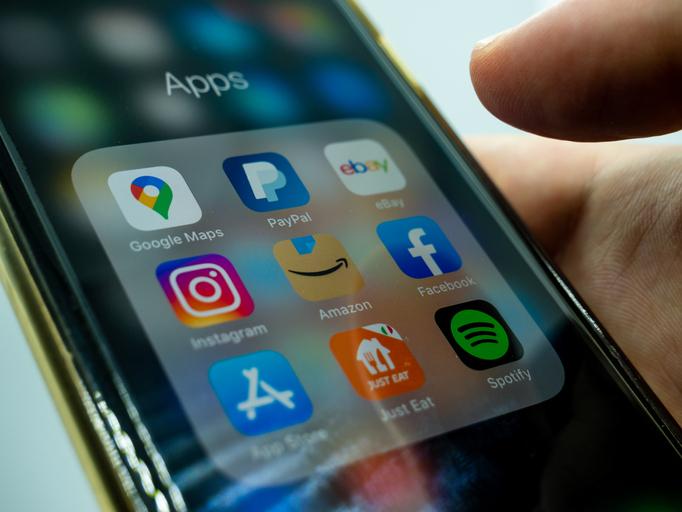
Using photography as a teaching tool in human rights and international affairs
Photography is a powerful way to bring topics to life and enhance students’ understanding of different perspectives and representations of world events and people, as Noam Schimmel explains

You may also like
Popular resources
Like much academic study, international affairs and human rights are heavily focused on written materials. However, the use of photography can help students better appreciate the subject matter, engage with it empathically, and gain insight into the diverse ways in which politics, society, economics and culture are visually represented – particularly in the media.
Photography can help students bridge subjects that feel distant and abstract, whether temporally, geographically or culturally. It is a particularly helpful tool for teaching about culture. It can offer insights into individuals and communities that existed before, during and after a particular historical and political event, such as a war or genocide. In this way it can humanise and render history more vivid and perceivable.
- How to use journalism and current affairs to support your teaching
- Negotiating the minefield of global online teaching: dealing with difference
- Studying sustainability by applying systems thinking to news stories
We live in a world that is inundated with images, so educators must curate photography carefully. They need to find photographic resources that speak to the particular issues their courses are examining, in ways that inspire discussion and understanding of complex topics.
How to select images that enhance discussion and understanding
It is essential to take care providing students with photography from a range of sources to allow diversity of perspectives; to ensure that photos are not exploiting their subjects; and that they are sourced from organisations that adhere to ethical codes of photojournalism and high standards of ethical integrity in reporting.
Photos need to be shared with students in a way that contextualises them historically and politically, enables critical perspectives and questions, and facilitates discussion and analysis rather than presenting dogmas and didacticism.
Photos can meaningfully supplement texts, but they cannot replace the detailed, nuanced, and extensive knowledge provided in academic literature that is a prerequisite for advanced academic study.
In my teaching, I generally pair photos with the academic content they illustrate. So, for example, in a course on children’s rights and welfare I would provide students with links to photos illustrating that topic while they read core academic texts on that subject. The same is true for historical topics where the use of photography can bring to life issues such as civil rights movements, colonisation and its consequences, and war and refugees fleeing conflict and violence.
Photos as a pedagogical tool
Photojournalism addressing wars and humanitarian crises, such as those in Yemen, Afghanistan, China, Syria, Ethiopia, and now Ukraine, helps students appreciate current affairs through the eyes of the individuals and communities experiencing them.
Coverage of ongoing challenges such as authoritarianism and government corruption causing hunger and medical shortages, for example, in Venezuela, allows for personalisation of injustices and failures of governance that can risk being forgotten because of their chronicity.
Photography allows educators to introduce their students to self-representative images of people in marginalised groups who rarely have the opportunity to control their own representations, including women; ethnic, racial and sexual minorities; and indigenous peoples.
This is a valuable opportunity to critically engage with the differences between popular representations of such communities and individuals and their self-representations – and what this illustrates about the roles of power, politics and prejudice in photography, journalism and media culture generally.
In all these ways, photography is a powerful complement to books, academic articles, journalism, first-hand accounts, audio and video. It provides an opportunity to discuss and analyse the ways in which events, conflicts, issues and communities are depicted and the consequences for global affairs, public policy and human rights.
Useful sources of photojournalism
A helpful resource is the weekly Guardian photographic global round-up that presents images from around the world addressing a broad range of human rights issues. The Guardian also offers frequent photo essays on its website that are thematically organised, many of which are relevant to international affairs and human rights. By offering free and full access to its journalism globally, The Guardian provides a unique, accessible resource.
Other worthwhile sources of photography include The Christian Science Monitor weekly magazine, Reuters, the Associated Press, CNN, National Geographic and the BBC.
Noam Schimmel is a lecturer in international and area studies at the University of California, Berkeley.
If you would like advice and insight from academics and university staff delivered directly to your inbox each week, sign up for the Campus newsletter.


